
Blockchain gaming has long been constrained by latency and throughput bottlenecks. For years, developers faced a fundamental tradeoff: either embrace the transparency and composability of onchain logic, or deliver the low-latency, high-speed experience that gamers expect from traditional platforms. With the rise of ephemeral rollups, pioneered by MagicBlock and deeply integrated with Solana, this tradeoff is rapidly eroding. These temporary, just-in-time execution environments are fundamentally reshaping what is possible for real-time blockchain games.

Why Latency Kills Onchain Gaming
In competitive gaming, milliseconds matter. Traditional blockchains like Ethereum process blocks every 12 seconds; even Solana’s impressive 400ms block times fall short for fast-paced multiplayer games. This results in laggy experiences, missed inputs, and player frustration. Onchain gaming needs to match the sub-50ms latency found in centralized game servers to be viable for genres like shooters or MOBAs.
Ephemeral rollups directly address this pain point. By creating temporary high-speed environments for each gaming session or burst of activity, they enable end-to-end latencies as low as 10, 50ms, comparable to modern cloud gaming infrastructure. This is not theoretical: MagicBlock’s real-world deployments have demonstrated these speeds at scale, with millions of microtransactions processed per second and zero perceptible delay for users.
The Mechanics: Temporary Rollups Meet Solana’s Core
The genius behind ephemeral rollups lies in their architecture:
- Session-Based Execution: When a game session starts, say, a PvP match or a raid, an ephemeral rollup spins up instantly. Player actions (movements, attacks, trades) are processed off-chain within this environment at lightning speed.
- Batched Settlement: Instead of writing every single move to the Solana base layer in real time (which would be prohibitively slow and expensive), the rollup batches results and settles them back to Solana at key checkpoints.
- No Gas Fees: Because transactions are processed off-chain and only settled periodically, players enjoy zero or near-zero fees throughout gameplay. This predictability is crucial for mainstream adoption.
- Seamless Composability: Ephemeral rollups remain tightly integrated with Solana’s global state and smart contracts. Game assets retain their onchain provenance and liquidity is not fragmented across isolated sidechains.
This approach not only slashes latency but also unlocks new design space for developers: think real-time auctions, skill-based eSports tournaments with onchain prize pools, or complex resource management games, all running natively on blockchain rails.
The Impact: Real-Time Play Without Compromise
The introduction of ephemeral rollups has been described as blockchain’s “sound barrier moment. ” For the first time, onchain games can deliver the immediacy players demand without sacrificing security or composability. The benefits include:
- Massive Scalability: MagicBlock-powered rollups can handle millions of transactions per second during peak gameplay, orders of magnitude beyond legacy L1s.
- No More Gas Wars: Predictable costs eliminate transaction-order manipulation and front-running risks that plague open blockchains.
- User-Centric Experience: Players enjoy uninterrupted sessions with instant feedback and no hidden fees, a prerequisite for mainstream adoption.
- Ecosystem Synergy: Because ephemeral rollups are native to Solana’s architecture rather than siloed solutions, developers retain access to liquidity pools, NFT marketplaces, and DeFi protocols without bridges or wrappers.
This isn’t just theoretical; leading studios are already leveraging MagicBlock to build next-generation titles that would have been impossible just a year ago. For a deeper technical dive into how ephemeral rollups achieve these breakthroughs, and how your team can leverage them for zero-fee high-speed on-chain gaming, see this detailed guide.
As the industry pivots toward fully onchain gaming, ephemeral rollups are rapidly becoming the backbone of this new paradigm. The sub-50ms latency achieved by MagicBlock’s infrastructure is not only a technical milestone but also a psychological one: it erases the perceptual gap between traditional and blockchain-native experiences. For developers, this means building real-time multiplayer games, dynamic in-game economies, and even high-frequency trading simulations all secured by Solana’s robust consensus layer.
Key Advantages of Ephemeral Rollups for Onchain Gaming
-
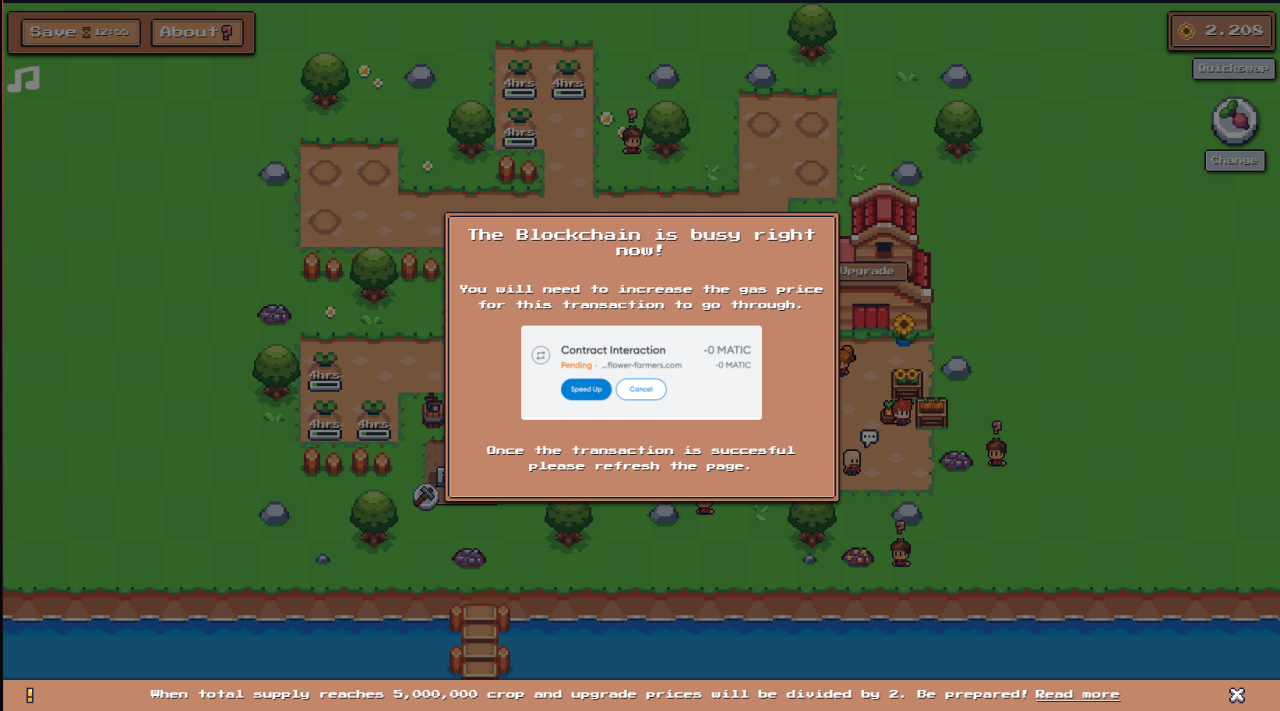
Ultra-Low Latency Gameplay: Ephemeral Rollups process transactions in real time, achieving sub-50ms latency (as low as 10ms), which rivals traditional gaming servers and enables seamless, competitive player interactions.
-
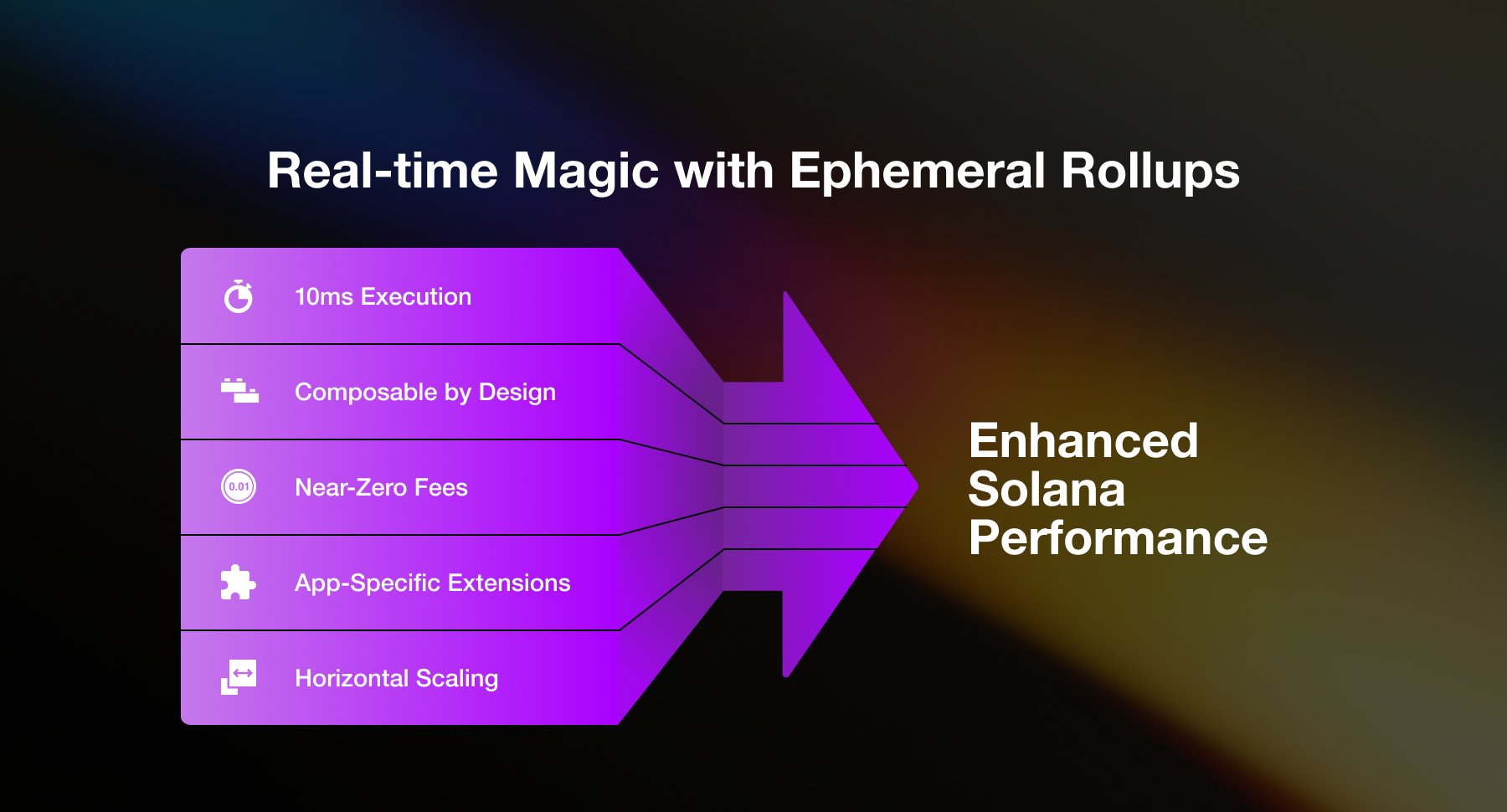
Massive Scalability: By creating temporary, high-speed execution environments on Solana, Ephemeral Rollups can handle millions of transactions per second, supporting large-scale multiplayer games without performance bottlenecks.
-
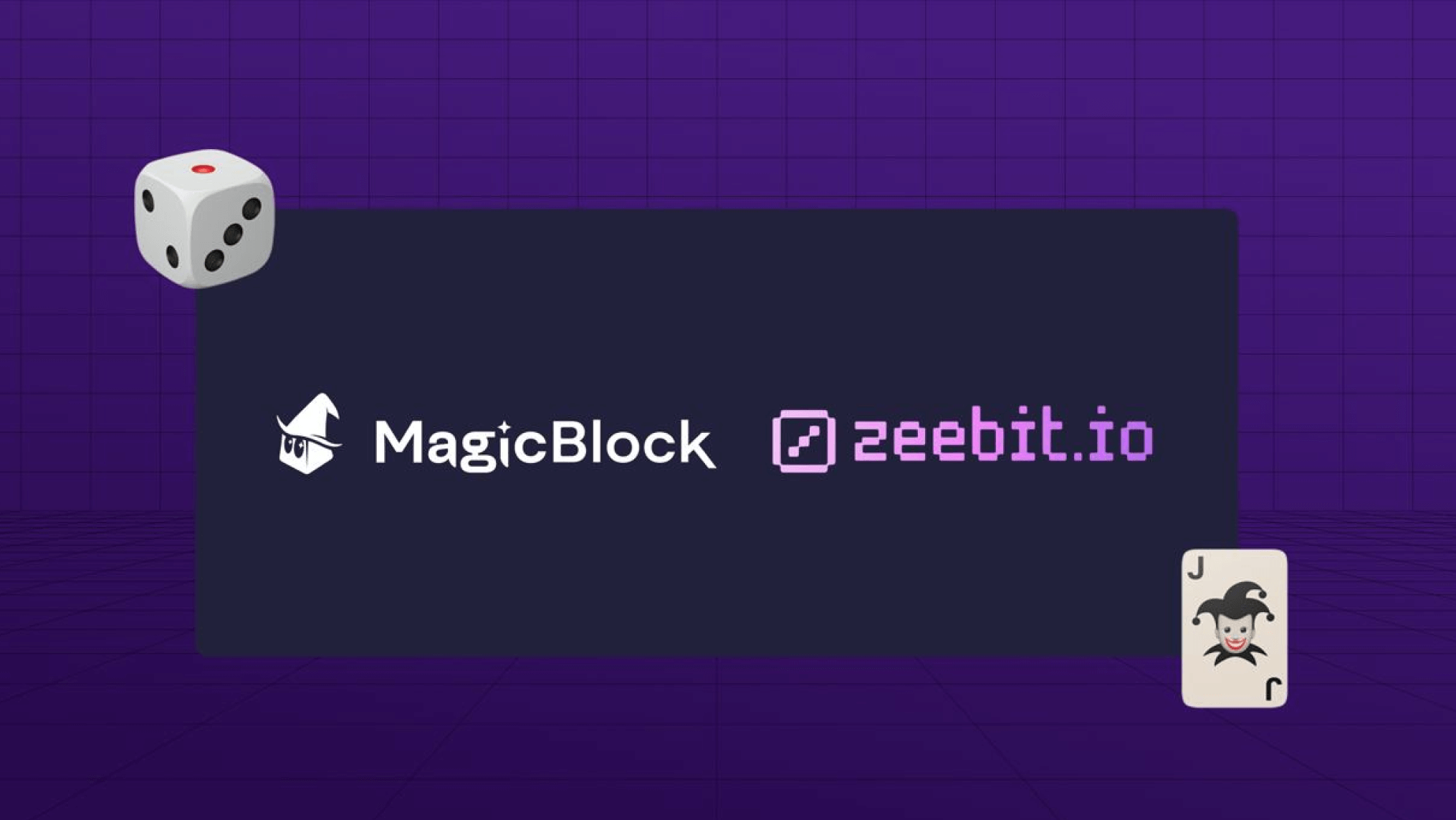
Zero or Near-Zero Fees: Transactions are batched and processed off-chain, resulting in gasless or near-zero fee gaming sessions. This eliminates unpredictable costs and encourages more frequent player engagement.
-
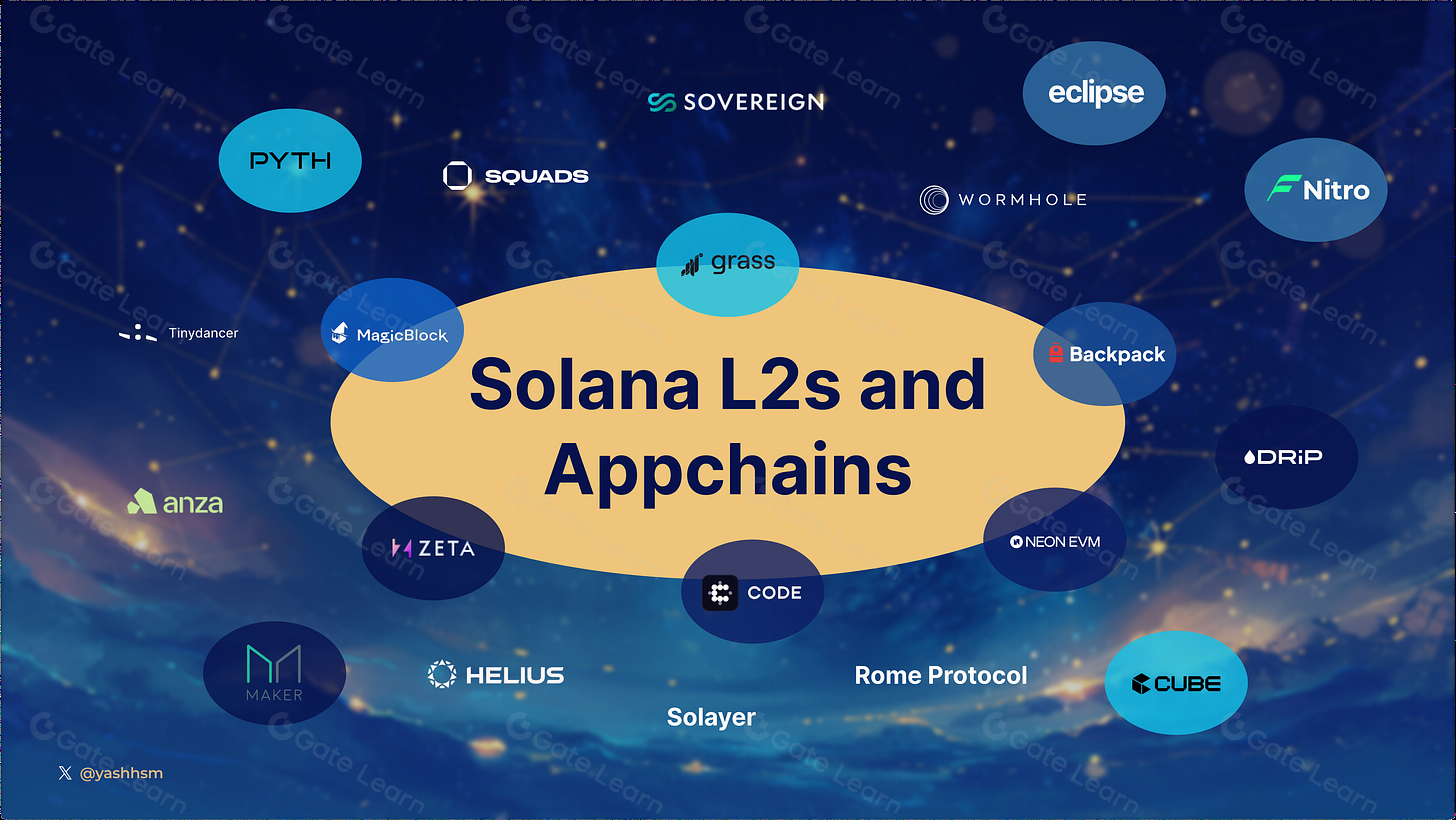
Seamless Solana Integration: Ephemeral Rollups are natively built on Solana, ensuring composability with existing smart contracts and on-chain assets, and preventing liquidity fragmentation across ecosystems.
-
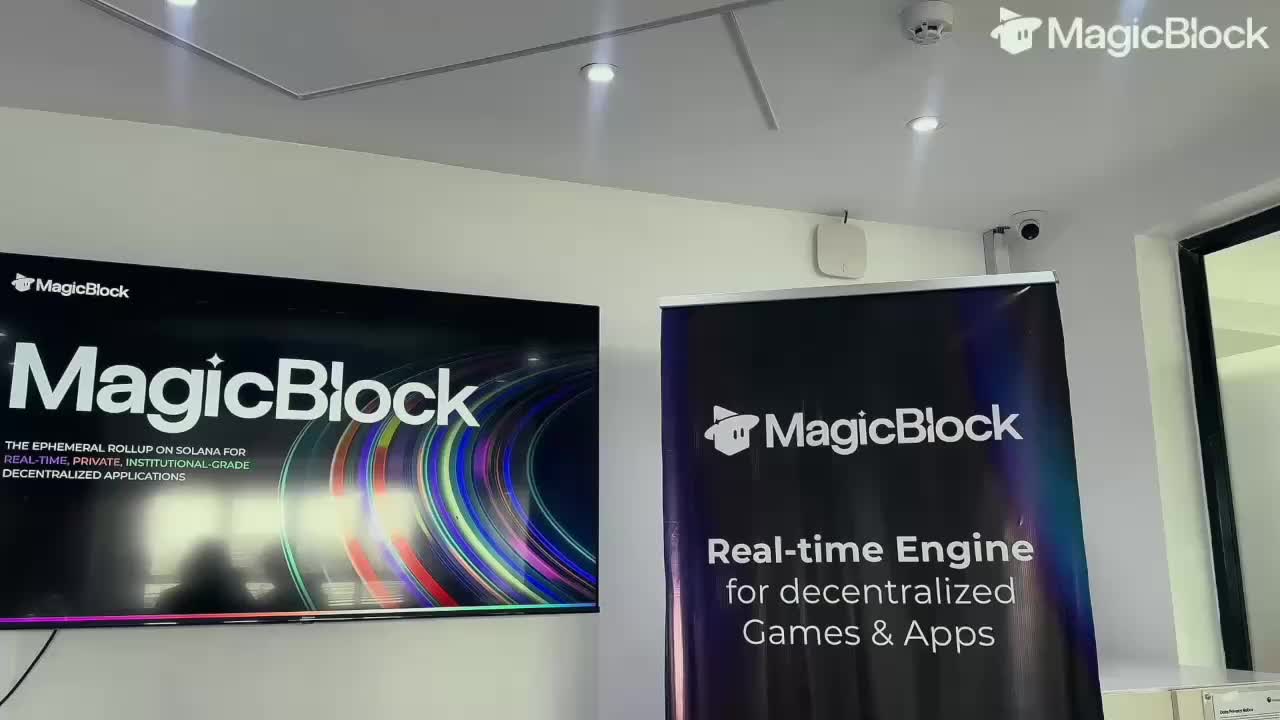
Enhanced User Experience: Players benefit from uninterrupted, real-time gameplay and predictable costs, making fully on-chain games as responsive and enjoyable as traditional gaming platforms.
One of the most transformative aspects is the elimination of gas fees during gameplay. By batching transactions and settling back to Solana only at critical checkpoints, ephemeral rollups remove one of the most frustrating barriers for both players and studios, the unpredictable cost structure of legacy blockchains. This predictability is crucial for onboarding mainstream audiences who expect seamless, frictionless play. For a deep dive into how these zero-fee models work in practice, check out this technical breakdown.
From a security perspective, ephemeral rollups maintain composability and asset integrity by leveraging Solana’s global state. Game assets, whether NFTs, tokens, or custom items, retain their provenance and can be traded or staked across DeFi protocols without complex bridging or wrapping. This interoperability is a major step forward compared to isolated sidechains or app-specific blockchains that fragment liquidity and player bases.
What’s Next: The Future of Onchain Gaming Scalability
The momentum behind ephemeral rollups is only accelerating as more studios recognize their potential. According to recent benchmarks, MagicBlock-powered games routinely process millions of microtransactions per second, opening doors to genres previously thought impossible for blockchain, think real-time MMOs, synchronous eSports leagues, and large-scale strategy games with thousands of concurrent players.
The flexibility of ephemeral rollup runtimes means they can be spun up on-demand near users around the globe, further reducing latency and ensuring fairness regardless of geography. This architecture also supports elastic scaling: resources are allocated dynamically based on player demand, eliminating wasted capacity during off-peak hours while guaranteeing performance during surges. For more on how temporary app-specific chains unlock this kind of elastic scalability for web3 gaming events, see this analysis.
Ultimately, ephemeral rollups are not just a technical upgrade, they represent a new design space where game logic can live fully onchain without compromise. With sub-10ms speeds now achievable in production environments and zero-fee sessions becoming standard, developers have unprecedented tools at their disposal to create immersive worlds governed by code rather than servers.
For those building at the frontier of onchain gaming scalability, ignoring ephemeral rollup technology is no longer an option. As adoption spreads across Solana and beyond, expect rapid iteration in game mechanics, monetization models, and cross-chain interoperability, all powered by this breakthrough in blockchain latency management.






